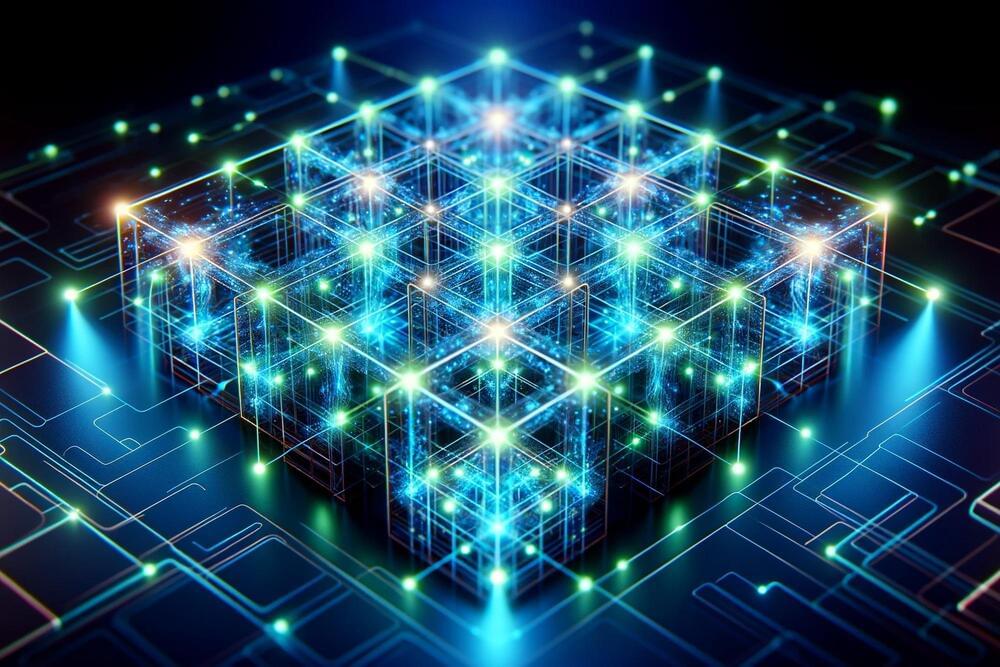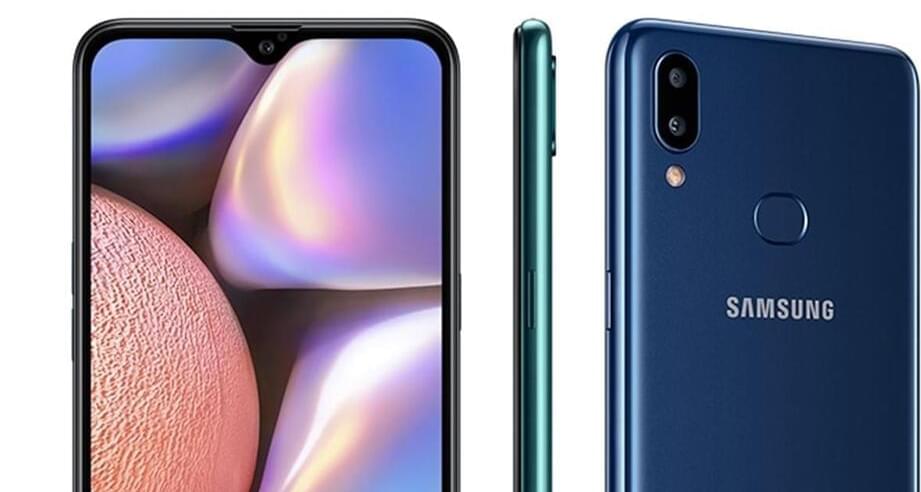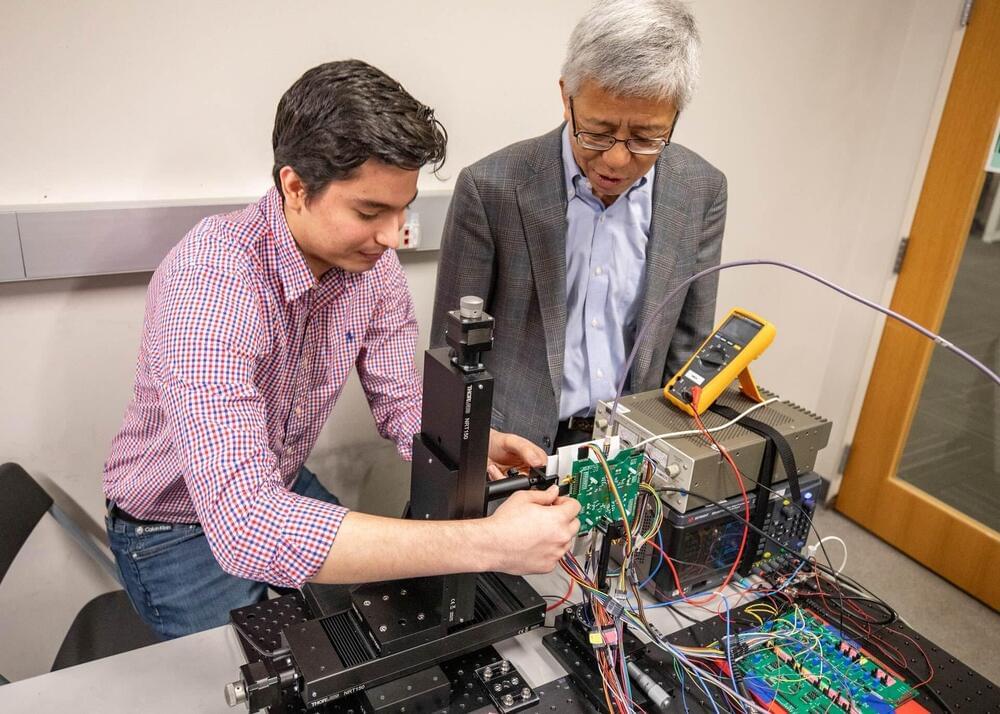The ionization energy is the amount of energy required to remove a single electron from an atom. If the atom has more than one electron, each one requires more energy than the previous one. The result is a series of increasing energy levels, and in the quantum world these energies correspond to frequencies, as in a musical scale.
This raises an interesting question: if we could hear these frequencies how would they sound? I created an app to find out, and in this video I used my app to share what I learned. As it turns out, the results are quite musical.
Important note: This audio includes some very low frequencies, which you might not hear through typical cell phone or laptop speakers. I recommend listening with headphones or a high-quality playback system.
The app was created using the APL programming language.
This video was uploaded in 2021, and changed from unlisted to listed in July 2024.






